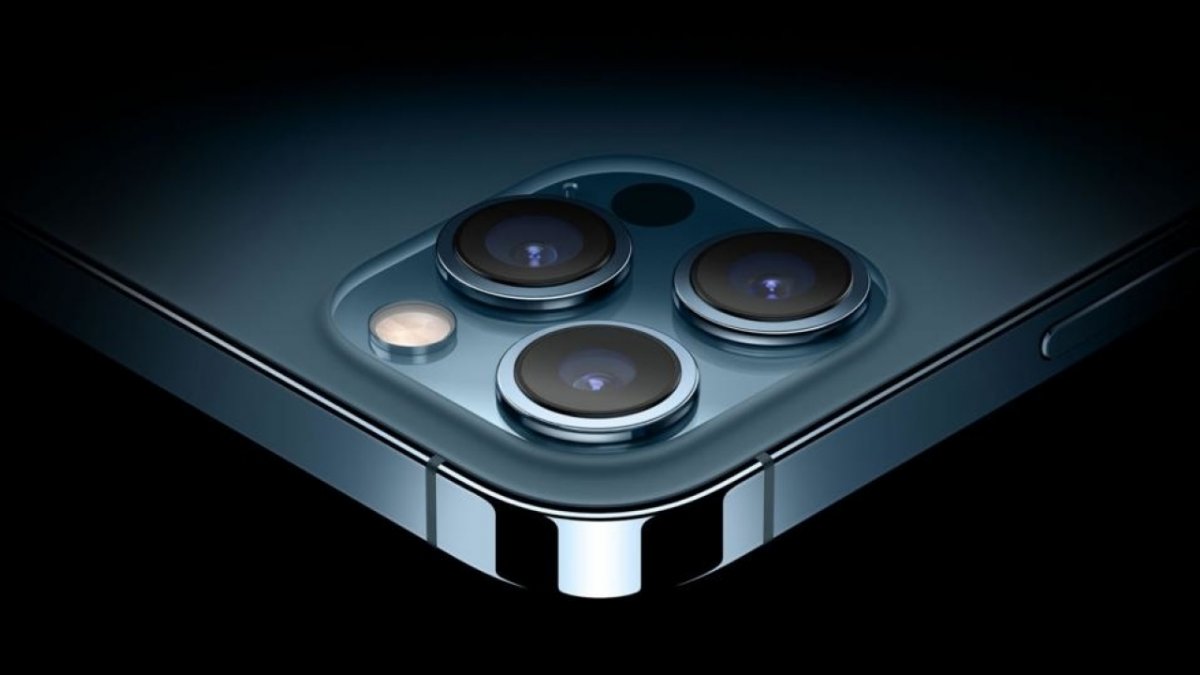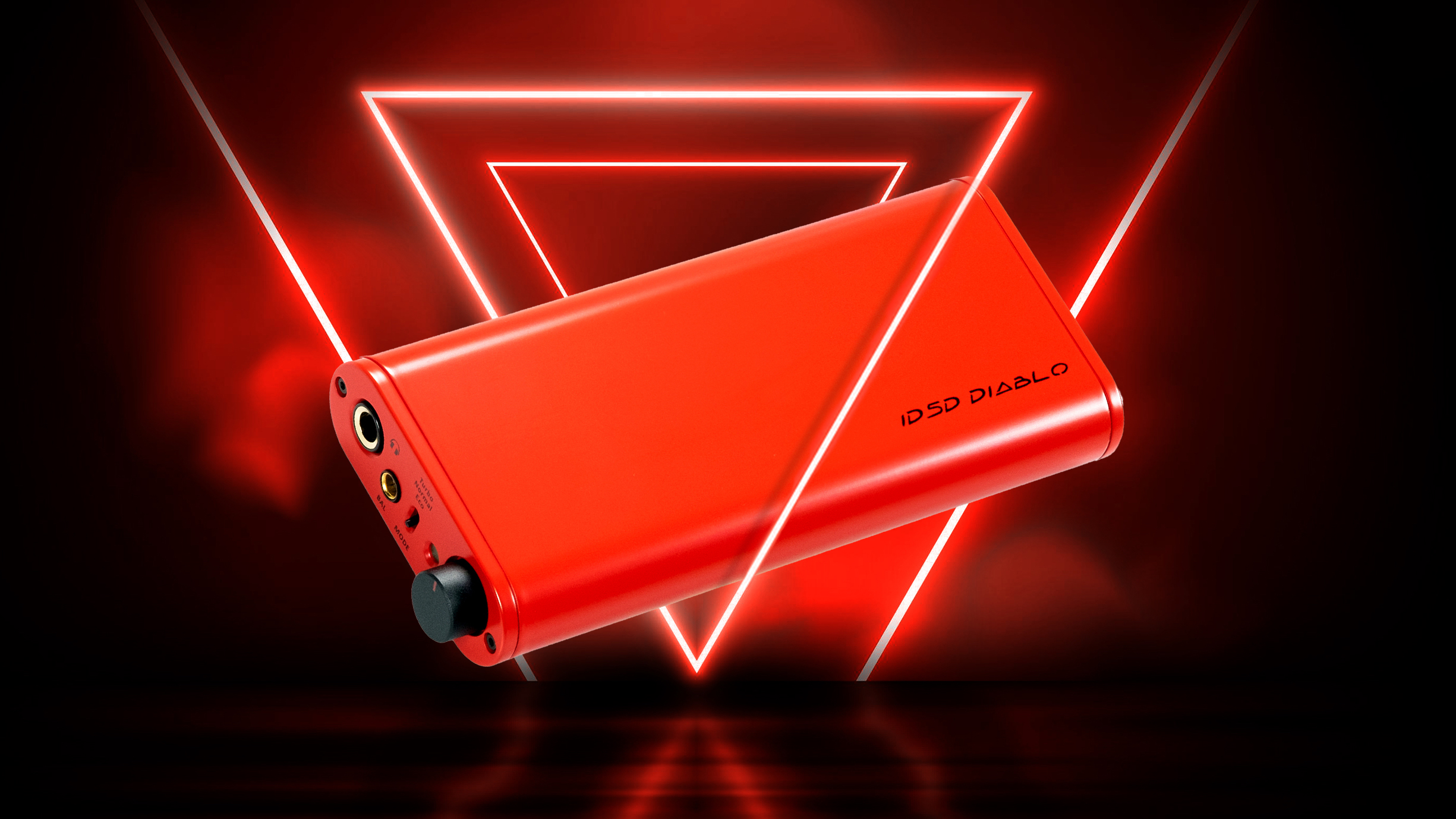Users of repaired iPhones with replacement components that do not come from Apple itself will have to live with an additional warning in the future. After third-party batteries and third-party screens, Apple also has a review in iOS 14. 4, which is currently available as a second beta of the camera module.
If the camera module is not “Genuine Apple Components”, you will be notified accordingly. It is “not to check whether this is a real Apple camera in this iPhone”, it says, as MacRumors reports.
No new development Many – probably most – repair shops, that are not officially approved by Apple use aftermarket components or remanufactured hardware that is not “married” to the respective iPhone. Accordingly, the verification by iOS fails.
This usually does not have any direct effects, but users are put under pressure to use official repair channels. When replacing safety-relevant components, there have been problems in the past and some replacement displays did not have all the functions.
According to the report, the camera warning does not ensure that the module fails, photos and videos can still be included. It can be assumed that Apple will in the future link to a support document in which the importance of using official repair service providers is underlined. However, their work quickly becomes expensive after the warranty has expired – some older iPhones have already fallen out of support.
App for marrying iPhone and components According to the repair experts at iFixIt, Apple has meanwhile switched to using special apps that authorized repairers have to use to repair new components ” configure “.
Independent workshops naturally do not have the programs. Apple is making the “right to repair” more difficult. However, the group recently launched a spare parts program for small repairers. (bsc)




